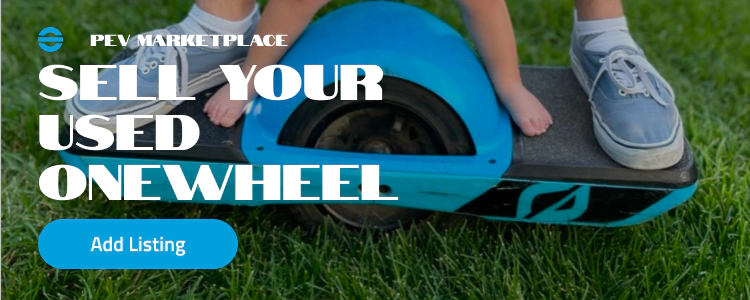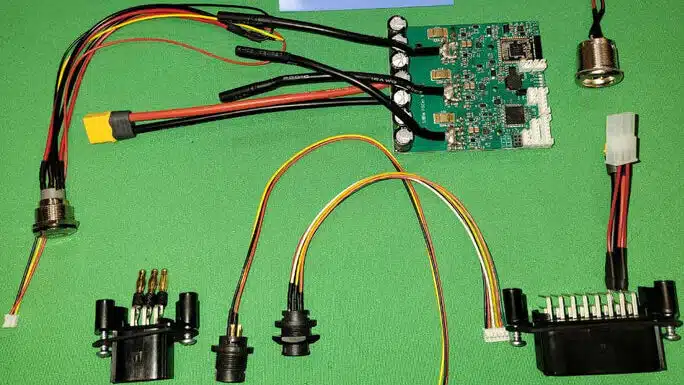Right to repair is a trending topic of late, and the Onewheel is no exception.
With the recent launch and shipping of the Onewheel GT and the problems that came with it, the conversation around right to repair arose again.
All of this begs the question, what are the options for Future Motion and Onewheel riders when it comes to right to repair, and which is the best choice forward?
Let’s dive in.
What is right to repair?
The idea is simple, and the NY Times has a good article on right to repair if you want a deeper dive, but basically at it’s core right to repair means that if you buy something it’s yours and you can do whatever you want to it.
For me this takes me back to jailbreaking old iPhones or adding goofy mods to my computer.
For a while Apple tried to fight users essentially hacking their phones but at the end it was determined that if you bought the device, its yours.
So what’s the problem?
The problem with right to repair is actually really well demonstrated with a device like the Onewheel.
Let’s say you buy your Onewheel and want to make modifications to it, maybe you want to turn it into a VESC.
Awesome, good for you.
But what happens when you overclock the board, turn off pushback and full send it and then crack your head on the ground and die or come close?
Maybe you consider legal action, but against who do you consider legal action?
Do you sue Future Motion for having a board that can do that?
Do you sue CustomWheel for selling you the controller?
Or do you somehow sue the people who contribute to the open source VESC software?
You can see how it gets kinda dicey.
But let’s simplify it, let’s say Future Motion sells you a part and you use that part to repair your broken board, but maybe you didn’t follow the instructions well enough and you take a nasty fall while on a ride.
Well who’s fault is it now, is it yours or Future Motions for selling you the part and maybe not explaining clearly enough how to install the part or whatever reason you can imagine?
So you can see how this could get dicey.
Right to repair current situation
So to recap the current situation, there is one Onewheel repair center and it’s located in California.
But there are riders all over the world who need boards replaced and are happy to pay when necessary, but are very deterred by the amount of time it would take to ship their board back to California.
So what can we do?
Well, as a rider, you can try and do it yourself and likely not have a case in court.
But if you’re Future Motion and you understand that sometimes the boards can break and people are happy to pay to get them fixed, but they live on the other side of the planet, what are you to do?
Let’s go over a couple options.
Specialized repair centers
The idea here is that Onewheel trains and authorizes repair shops across the world.
These can be people who go through specific training, they’re hand selected, maybe they only authorize a certain number of repair centers in certain geographic areas and they can keep a tighter grip on these.
One of the risks that Future Motion is surely considering is that people could steal their proprietary tech and copy it.
I know for sure that’s one of the reasons they manufacture the boards in California and not in China, they don’t want other people to get access to all their secret info and proprietary tech.
I get it, the Onewheel it awesome, I’d want to keep a close eye on it and guard it carefully too.
Sell repair parts to riders
Lets say Future Motion wants to go a different route, they don’t want to deal with repair centers, they’d rather just sell the parts themselves and educate people on how to install them.
This route for riders, is pretty sweet generally.
It does suck if you’re not a very technically competent person and it can cause problems for Future Motion if someone who doesn’t know what they’re doing tries to repair their board, screws it up and then gets hurt.
That’s exactly the situation they’re trying to avoid.
That said, there’s certainly ways to educate and help customers do it themselves, including jumping on a video chat and walking them through what to do.
Conclusion
Those 2 ideas are the working theories on how repairing Onewheel’s gets easier.
Do you have ideas on how Future Motion could enable right to repair in a way that everyone wins?
I want to hear about it, tell me in the comments.

